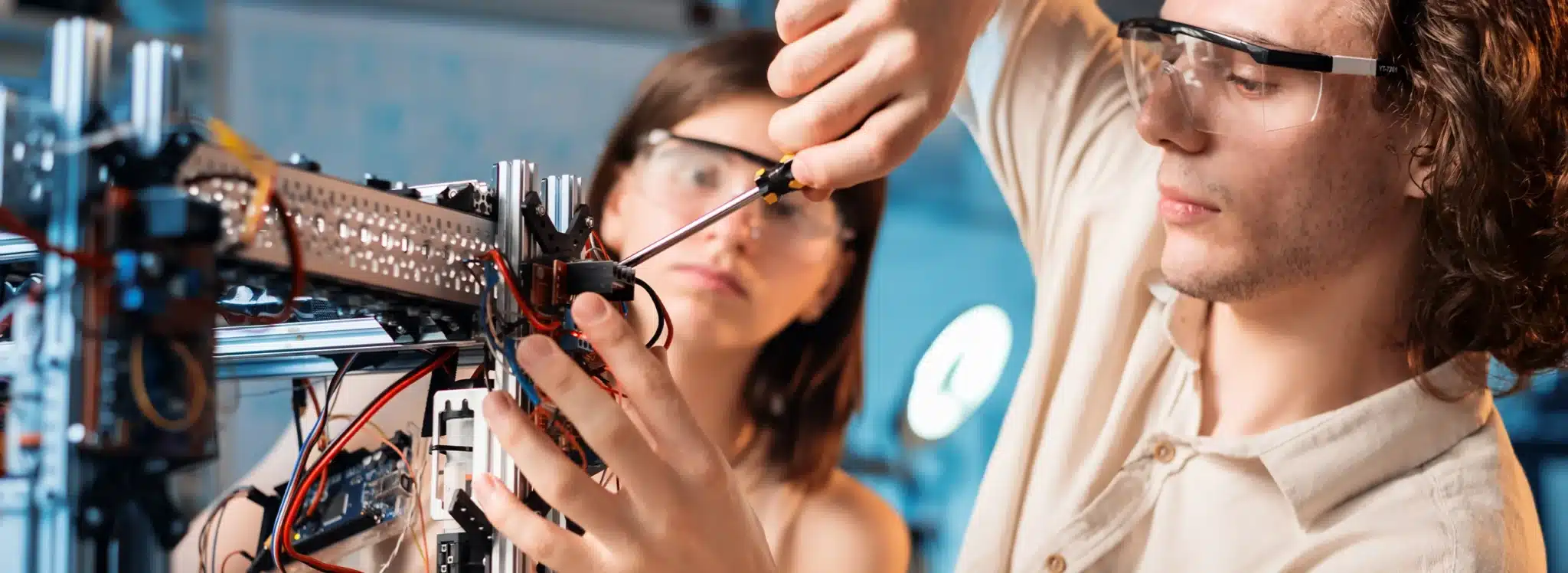13 October 2025


Home > EIC Transition Programme
13 October 2025
3 min read
Learn how the EIC Transition bridges research and market – funding up to €2.5M to turn scientific results into validated, investable technologies.
The EIC Transition bridges the gap between research (funded by EIC Pathfinder or other Horizon Europe projects) and commercialisation (funded by the EIC Accelerator).
While Pathfinder backs conceptual, high-risk science, Transition focuses on applied validation — developing the technology to a level where it can attract investors or industry partners.
It aims to help teams:
✓ Mature a promising technology to TRL 5–6 (validated in a relevant environment),
✓ Develop market readiness, and
✓ Build a solid business case or spin-off company.

Applicants must base their proposal on results that come from:
⇉ An EIC Pathfinder, FET Open, or FET Proactive project (from Horizon 2020 or Horizon Europe), or
⇉ A European Research Council Proof-of-Concept (ERC PoC) grant result (if relevant to the EIC call).
The project should use the existing scientific result as its foundation — the goal is to transform it into a validated technology and commercial opportunity.

The EIC Transition is structured into two main call types: EIC Transition Open and EIC Transition Challenges. Each year, specific Challenges are selected to align with EU priorities such as climate resilience, digital sovereignty, or health innovation.
→ Description: Open to all fields of science and technology
→ Maximum Grant: Around €2.5 million per project (higher amounts possible if justified).
→ Typical TRL Range: TRL 3–6
→ Description: Focused on thematic or mission-oriented areas defined in the EIC Work Programme (for example, green digital devices, RNA therapeutics, energy harvesting).
→ Maximum Grant: Around €2.5–4 million
→ Typical TRL Range: TRL 3–6
Applications can be made by:
✓ Single applicants (SMEs, start-ups, research organisations, universities, or larger firms), or
✓ Consortia of up to five legal entities (usually 2–3 partners).
✓ The participants must be established in an EU Member State or Horizon Europe Associated Country.
✓ If the project builds directly on Pathfinder or FET results, at least one of the original project partners must be involved.
EIC Transition funding supports both technology development and commercial readiness. Typical eligible activities include:
Technology maturation
Market preparation
Funding can also cover networking, consortium management, dissemination, and outreach activities.
The funding rate is up to 100% of eligible costs.
By the end of the project, teams should achieve:
➜ A validated technology demonstrator (TRL 5–6)
➜ A clear commercialisation plan or business case
➜ Demonstrated market interest or early industrial partnerships
➜ Readiness to apply for EIC Accelerator or attract private investment
Many successful Transition projects later move directly into EIC Accelerator blended finance, where they can secure equity investment to scale up.
Projects are evaluated using three criteria similar to other EIC instruments:
1 | Excellence – The level of innovation and technological advancement beyond the state of the art.
2 | Impact – Market potential, competitiveness, societal value, and scale-up prospects.
3 | Quality and Efficiency of Implementation – Credibility of the work plan, capability of the team, and management of technical and commercial risks.
Applicants must convincingly show how the proposed work will de-risk the technology and strengthen its commercial potential.
The EIC envisages a continuum across its instruments:
→ Focus: Breakthrough research
→ Typical TRL: TRL 1–4
→ Funding type: 100% grant
→ Focus: Validation and business readiness
→ Typical TRL: TRL 4-6
→ Funding type: 100% grant
→ Focus: Market entry and scale-up
→ Typical TRL: TRL 5-9
→ Funding type: Blended finance (grant + equity)
Strengths
✓ Bridges the critical “valley of death” between research and commercialisation.
✓ Allows researchers to retain ownership of their IP while exploring business potential.
✓ Fully funds both technical and commercial activities.
✓ Encourages cross-disciplinary, public–private collaboration.
✓ Can provide a stepping stone to Accelerator investment.
Challenges
⚠️ Applicants must show both deep technical competence and commercial insight.
⚠️ Requires clear proof that the underlying science is solid and that the market need is real.
⚠️ Competition is intense, with a low success rate.
⚠️ Deliverables must balance technical progress with business validation — both are mandatory.
Successful Transition proposals usually:
✓ Start from a solid scientific proof-of-principle, not just an idea.
✓ Present a credible technical roadmap towards TRL 6.
✓ Include market engagement evidence (letters of intent, interviews, early customers).
✓ Involve a multidisciplinary team combining scientific and commercial skills.
✓ Define clear IP ownership and exploitation plans.
✓ Emphasise the European strategic relevance of the innovation.